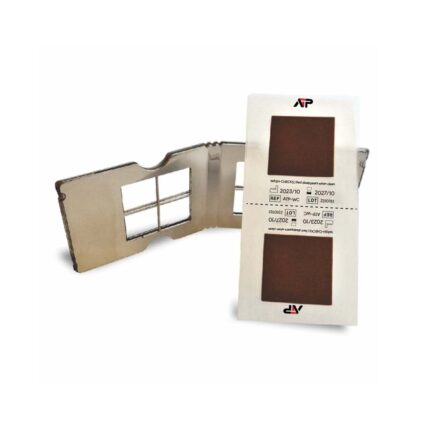Types of chemical indicators and their characteristics:
Class 1 chemical indicators
Features
– These indicators are used to detect the sterilization process and are often placed on packages in the form of adhesive tapes or colored labels.
– The color change of these indicators shows that the packaging has been introduced to the sterilization process.
Class 2 chemical indicators
Features
– These indicators are used for special tests such as steam penetration tests and sterilization evaluation.
– They are usually used in steam sterilization devices to check the correct operation of the device.
Class 3 chemical indicators
Features
– These indicators show only one sterilization parameter (such as temperature or time).
– They are used to monitor a specific parameter of the sterilization process.
Class 4 chemical indicators
Features
– These indicators show several sterilization parameters simultaneously.
– Their color change indicates the fulfillment of at least two critical parameters such as temperature and time.
Class 5 chemical indicators
Features
– These indicators have an integrated function and check all the critical parameters of sterilization.
– Their color change is similar to the results of biological tests and indicates complete sterilization.
Chemical indicators class 6
Features
– These indicators have the highest level of control and supervision of the sterilization process.
– More precisely, they examine all the sterilization parameters (temperature, time, pressure) and their color change indicates the achievement of complete sterilization conditions.
Applications of chemical indicators:
Packaging of medical devices
– Using chemical indicators on the packaging of medical devices to ensure that the sterilization process is carried out correctly.
Quality control
– Use in quality control laboratories to check the correct operation of sterilization devices.
Medical centers and hospitals:
– Use in hospitals and medical centers to ensure the sterility of surgical equipment and instruments.
– Dental equipment:
– Use in dental clinics for sterilization of dental tools and equipment.












Reviews
There are no reviews yet.